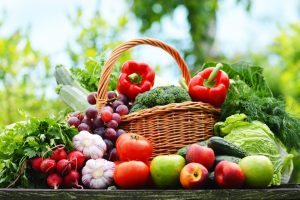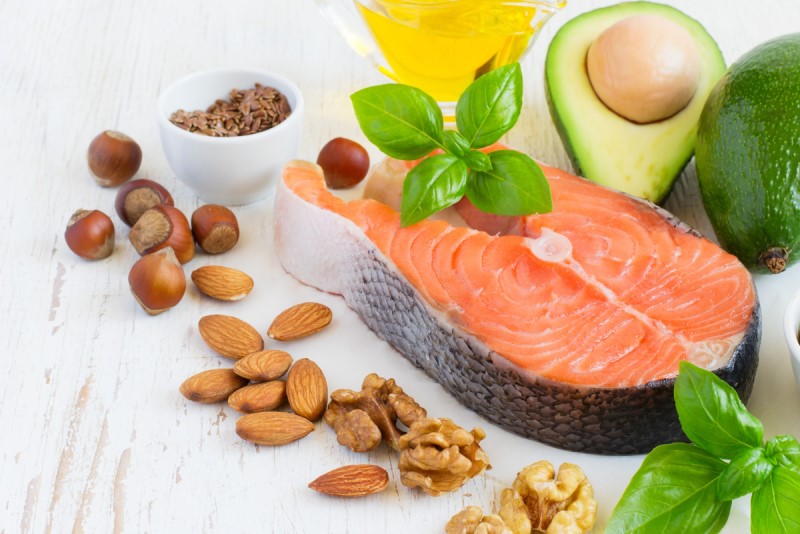Yay! Spring is finally here! Mother nature is slowly waking up from her long winter sleep and everything around blossoms into beauty. Spring is a particularly euphoric period as it brings a burst of colors, light and warmth after a seemingly endless winter. It’s the perfect time to start anew; improve our lifestyle and dietary habits (After all, isn’t it the season of transformation?). We have picked some foods for you… Here’s why you should include them in your diet…
1. Oily fish to mend your heart!
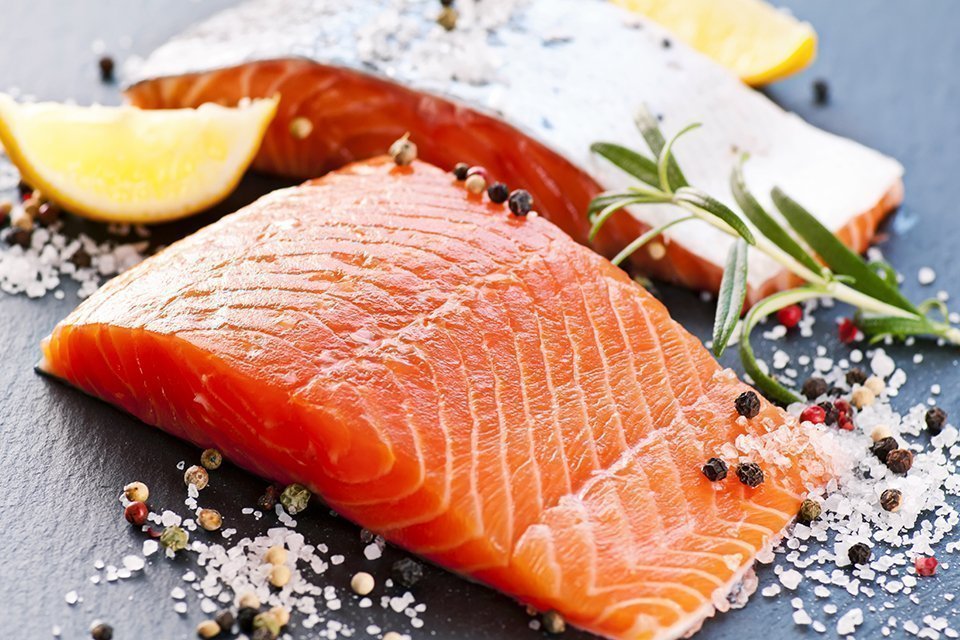
Despite their name, oily fish are one of the healthiest foods, a real treasure trove of nutrients! They have a complete amino acid profile and unlike other animal protein sources, they contain up to 40% of the total lipids in the form of highly unsaturated long-chain fatty acids (e.g. wild Atlantic salmon). In addition, oily fish are excellent sources of vitamin B, A and D as well as trace elements such as calcium, phosphorus, iron, copper, selenium and iodine.
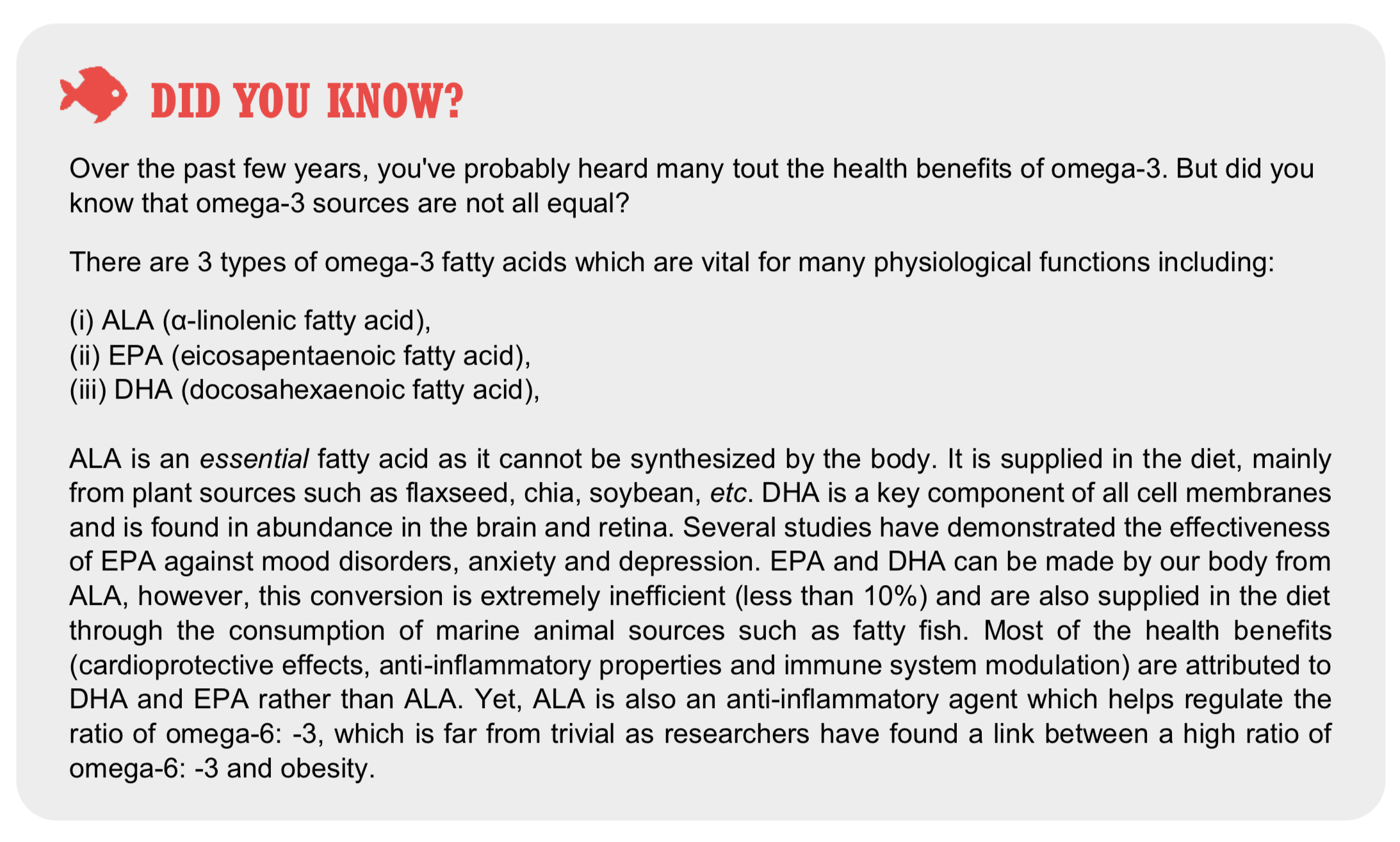
- The American Heart Association recommends consuming at least 2 servings (approx. 100 g per serving) of cooked fish per week, preferably oily fish (e.g. salmon, sardines, herring, albacore tuna, anchovies, etc.) to reduce the risk of cardiovascular diseases.
- Eat a variety of fish (ideally eco-labelled fish to ensure quality products and to encourage sustainable fishing as well!).
- And above all, avoid frying them as this may lead to a loss of omega-3 and an increase in other fatty acids (e.g. trans fat), depending on the type of fat used.
2. Eat your beets!
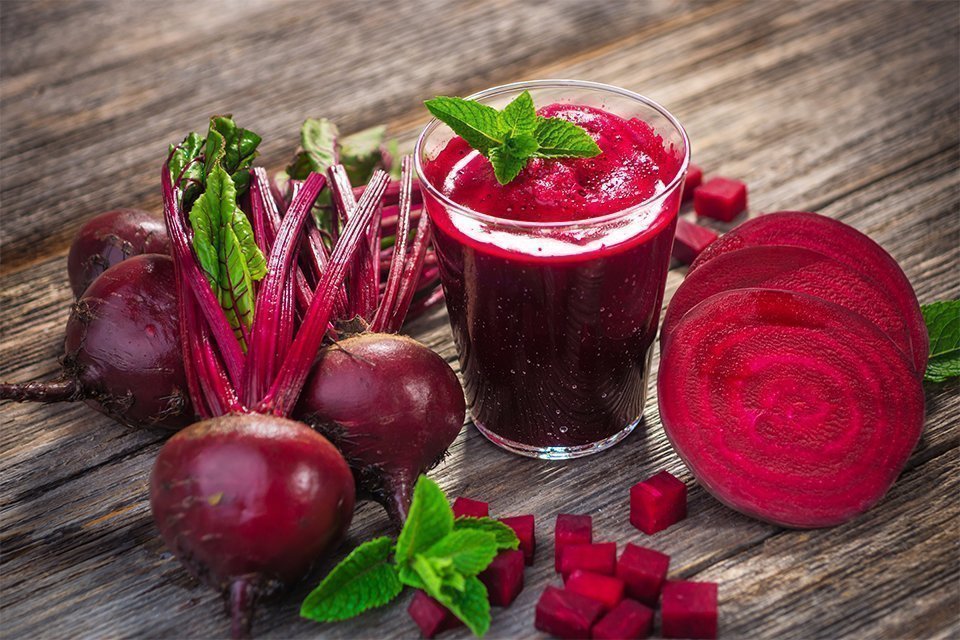 Sliced or diced, raw or cooked… Beetroots have conquered our plates and palates by its subtle sweet taste, crunchy texture, and great versatility. In addition to containing fiber, it is a healthy source of carbohydrates as it has a medium glycemic index and contains many vitamins (A, C, folate, niacin and biotin) and minerals (iron, magnesium, selenium, potassium, zinc, etc.). A distinctive quality of beetroots is their high betalains content, a class of pigments which not only confers to them vibrant red hues but also many surprising benefits.
Sliced or diced, raw or cooked… Beetroots have conquered our plates and palates by its subtle sweet taste, crunchy texture, and great versatility. In addition to containing fiber, it is a healthy source of carbohydrates as it has a medium glycemic index and contains many vitamins (A, C, folate, niacin and biotin) and minerals (iron, magnesium, selenium, potassium, zinc, etc.). A distinctive quality of beetroots is their high betalains content, a class of pigments which not only confers to them vibrant red hues but also many surprising benefits.
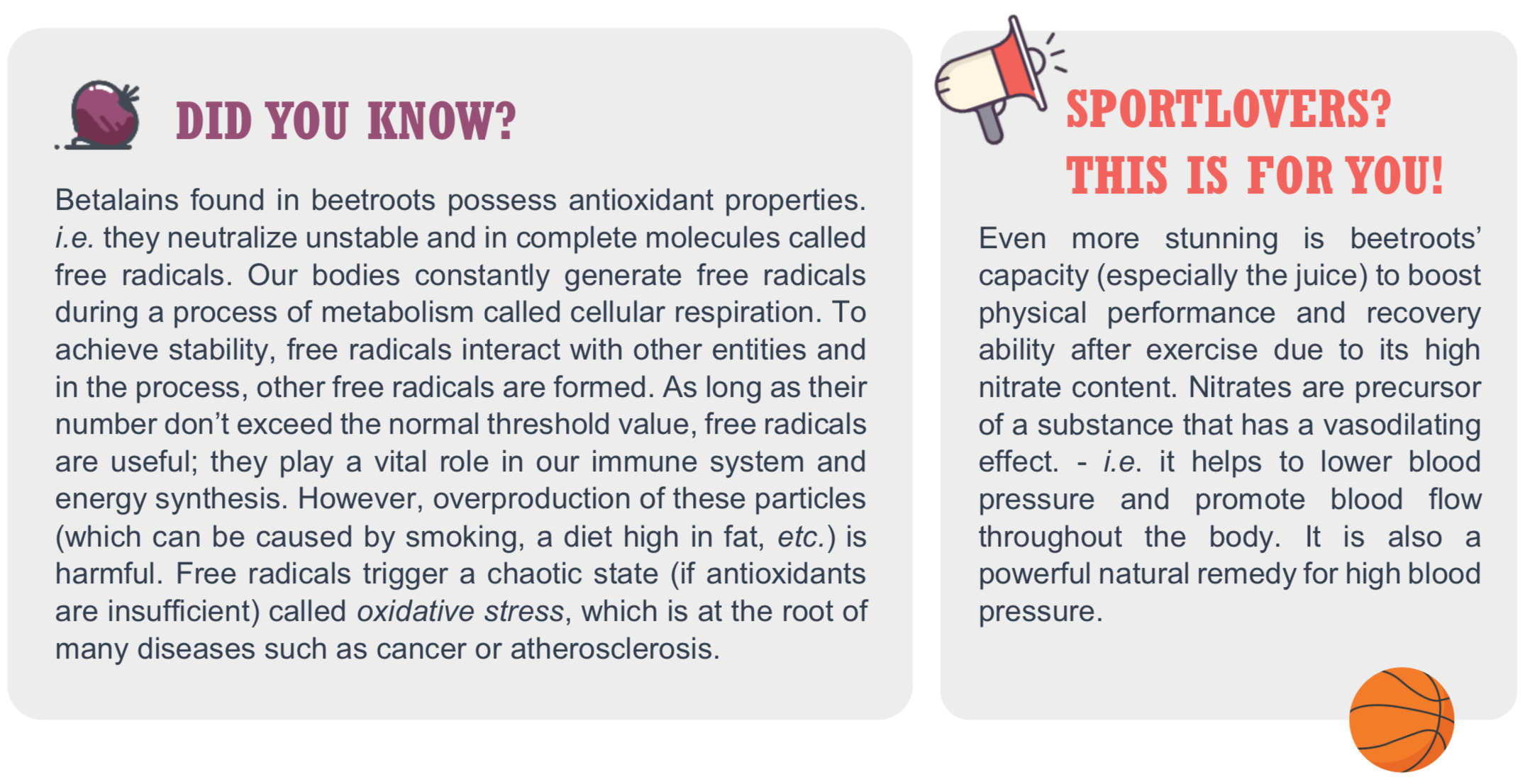 3. Strawberry Merry
3. Strawberry Merry
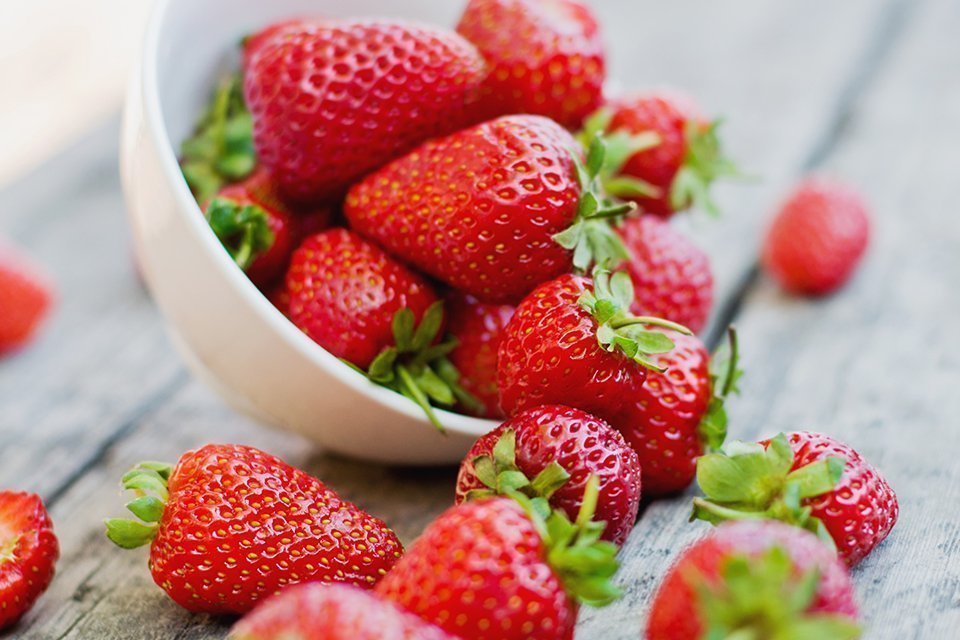 Who on earth doesn’t like these sweet and tangy fruits? Strawberries are particularly rich in vitamin C, an essential element for the maintenance of many vital functions – e.g. it plays an important role in the absorption of iron and the synthesis and repair of collagen, which is a component of blood vessels, muscles, skin, etc. Strawberries also contain trace elements (such as manganese and potassium) and antioxidants (flavonoids and ellagic acid) that, according to studies, help to slow down cellular aging and prevent many chronic diseases mentioned above. And the “strawberry” on top is that they are low in calories (only 30 kcal per 100g)!
Who on earth doesn’t like these sweet and tangy fruits? Strawberries are particularly rich in vitamin C, an essential element for the maintenance of many vital functions – e.g. it plays an important role in the absorption of iron and the synthesis and repair of collagen, which is a component of blood vessels, muscles, skin, etc. Strawberries also contain trace elements (such as manganese and potassium) and antioxidants (flavonoids and ellagic acid) that, according to studies, help to slow down cellular aging and prevent many chronic diseases mentioned above. And the “strawberry” on top is that they are low in calories (only 30 kcal per 100g)!

